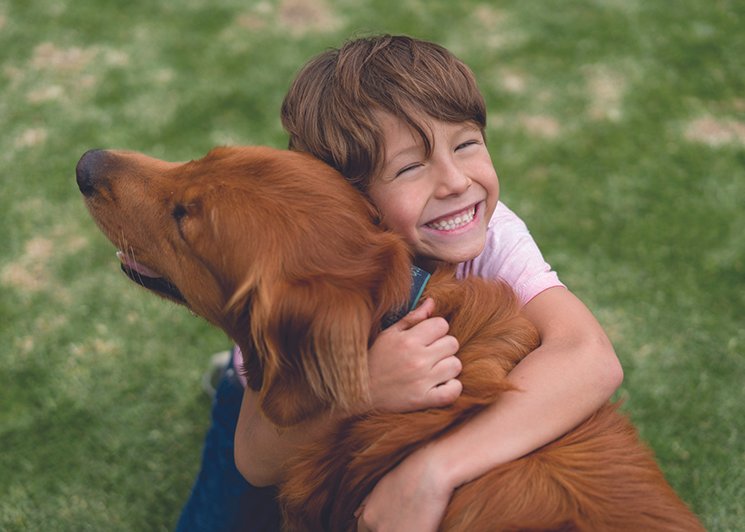
By: Robert W. Sugerman, MD | Contributor
Here’s a crucial lesson I learned early in my career as an allergist: when an allergist advises a family to part with their dog (or other cherished pet), the typical response is for the family to part ways with the allergist instead.
My initial eagerness to assist allergic children quickly faced the reality of dog ownership, especially since the beloved canine often became part of the family years before the first child arrived.
Is it feasible for children allergic to dogs to coexist peacefully with them? The answer, as with many medical queries, starts with “It depends.” Ultimately, there are primarily three approaches to managing an environmental allergy, generally pursued in this sequence:
No 1. | Avoidance
The first step is to consciously decide against having dogs in your home.
No 2. | Medication
The second option involves taking medications regularly to manage and alleviate allergic symptoms triggered by dog exposure.
No 3. | Immunotherapy
Allergen immunotherapy, often referred to as “allergy shots,” is a long-term strategy recommended for dealing with environmental allergens.
Depending on the severity of your child’s allergic reactions and the commitment you’re willing to make, it may be possible to keep your dog. It’s essential to consult with a trusted medical provider, but here is my guidance for parents of dog-allergic children:
No 1. | Understanding Allergens
Dog hair or fur isn’t the main problem. The allergenic proteins originate from the dog’s skin secretions (dander) and saliva. Therefore, even hairless dogs produce significant amounts of these proteins.
No 2. | Dog Size Considerations
Larger “indoor-outdoor” dogs tend to shed more dander, bring outdoor allergens inside, and are generally more challenging to bathe and groom.
No 3. | Smaller Breeds
Smaller dogs are often easier to keep indoors, produce less dander, and are simpler to bathe. Regularly bathing the dog, about once a week, can help minimize dander.
No 4. | Create a Safe Space
Designate the child’s bedroom as a dog-free zone, and if possible, have the dog sleep in a utility room or a similar area of the house.
No 5. | Hygiene Practices
Children with dog allergies should wash their hands after petting dogs to prevent transferring allergens to their eyes.
No 6. | Daily Medication
Allergy medications may be necessary on a daily basis for the child to live comfortably with a dog or to visit homes with dogs.
Chronic eczema or asthma exacerbated by dog dander allergy can complicate matters and might not be manageable with the strategies mentioned. If symptoms significantly improve during a stay in a dog-free environment but worsen rapidly upon returning home without another apparent explanation, the parents should consider finding a new home for the pet. Once the dog is no longer in the house, a thorough cleaning of carpets and upholstered furniture can greatly reduce the level of dog allergens.
When should you consult an allergist for further assistance?
No 1. | Insufficient Control
If allergy symptoms remain poorly managed despite reasonable avoidance efforts and careful medication usage.
No 2. | Secondary Complications
If environmental allergies lead to additional issues such as eczema, asthma, or recurring respiratory infections that require antibiotic treatment.
Editor’s Note: Robert W. Sugerman, M.D. can be reached at Allergy Partners of North Texas, where he and his colleagues are committed to enhancing the quality of care for patients with complex issues. To locate an allergist, visit www.acaai.org/locate-an-allergist.






